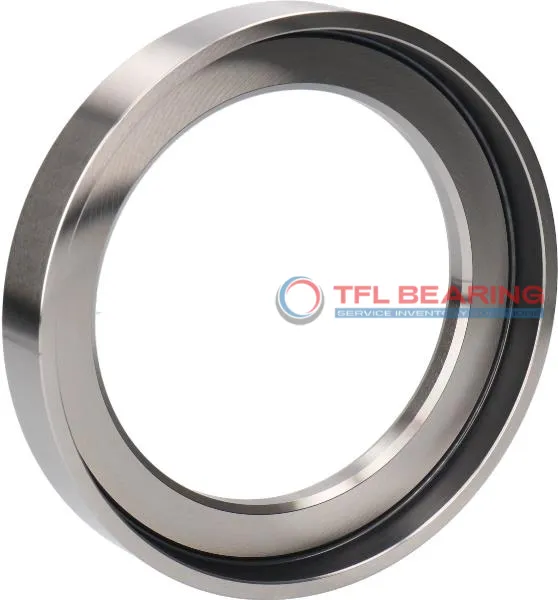
The HJ 410 angle ring is designed for cylindrical roller bearings, with a 50mm bore and 78.8mm outer diameter. Made from sturdy chrome steel, it fits snugly and handles temperatures from -30°C to 110°C.
Its 14.5mm width and precise tolerances ensure a secure fit, while the 9mm contacting side face provides stability. The chamfered edges (min. 2.1mm) make installation easier.
This angle ring is interchangeable with SKF models, offering a reliable alternative for replacements. It’s ideal for machinery where cylindrical roller bearings need extra support.
Weighing just 0.15kg, it’s lightweight yet durable. Compliant with RoHS and REACH standards, it’s safe for various industrial applications.
"*" indicates required fields
Structural Advantages of HJ 410 Angle Rings
HJ 410 Angle Rings are crafted from chrome steel, offering durability and resistance to wear in cylindrical roller bearings.
The precise bore diameter of 50 mm ensures a secure fit, while the outer diameter of 78.8 mm provides stability.
With a width of 14.5 mm, HJ 410 Angle Rings maintain proper alignment, reducing friction and extending bearing life.
They operate effectively in temperatures ranging from -30° to 110 °C, making them suitable for various environments.
Industrial Uses of HJ 410 Bearing
HJ 410 Bearing is commonly used in heavy machinery, such as industrial gearboxes and large conveyor systems, where its robust design handles high radial loads effectively. The chrome steel material ensures long-lasting performance even in demanding conditions.
In automotive applications, HJ 410 Bearing fits well in transmission systems and wheel hubs, providing reliable support under constant motion. Its precise metric dimensions make it a versatile choice for various vehicle models.
For automation equipment, HJ 410 Bearing’s cylindrical roller design offers smooth operation in robotic arms and assembly lines. The narrow width allows for compact installations without compromising on strength.
Medical imaging devices also benefit from HJ 410 Bearing’s stability, particularly in rotating components where precision is key. The temperature range ensures consistent performance in both clinical and laboratory settings.
"*" indicates required fields